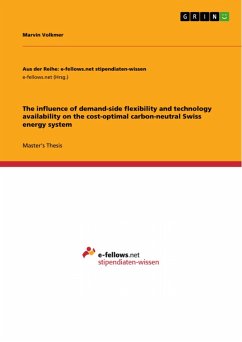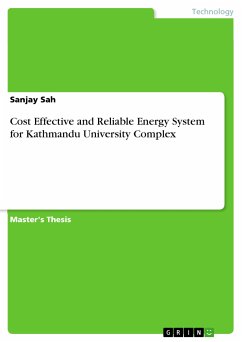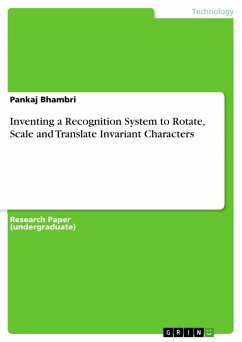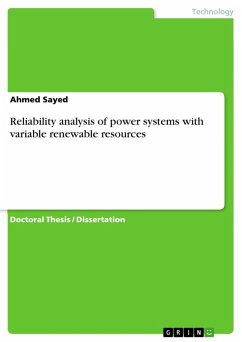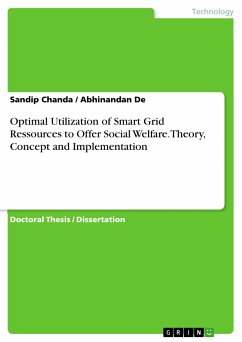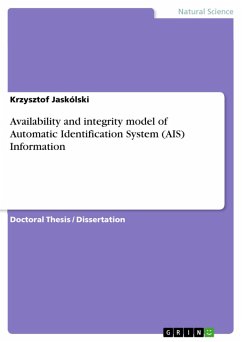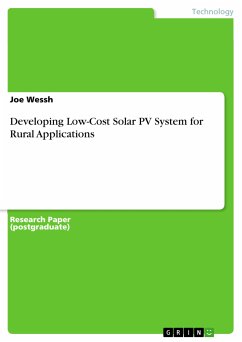Master's Thesis from the year 2024 in the subject Engineering - Power Engineering, grade: 1,0, RWTH Aachen University, language: English, abstract: In order to mitigate climate change, Switzerland has committed to carbon-neutrality by year 2050, while phasing out its nuclear power plants. Due to the increasing electrification of the Swiss energy system through heat pumps and battery electric vehicles, more renewables have to be installed and integrated into the heat and mobility sector. Besides the installation of storages, a higher degree of energy market integration and demand-side flexibilities seems promising to counteract the deviations between energy supply and demand. However, some measures of potential technologies, demand-side flexibilities, and market integrations are unpopular among the Swiss population, as these measures might intervene people's comfort zones. It would be helpful for policymakers to have only few measures at hand for which acceptance should be sought among the population. However, finding combinations of few measures among many, leads to an extensive combinatorial problem that we address conducting an energy system optimization. Solving this optimization problem with a large spatially resolved energy system model is desired, yet computationally challenging. Therefore, in this work, we develop two heuristic algorithms, "The Intuitive" and "The Smart". Using a spatially aggregated energy system model, we show that both heuristics result in similar combinations after a few iterations. Besides the development of the heuristic algorithms, we extend the Swiss energy system model, considering biomass-to-energy processes, on-site carbon capture, and flexibility options in the electricity, heat, and mobility sector. "The Smart" uniquely categorizes measures into the categories technology availability, demand-side flexibility, and market integration, as we assume synergetic effects across categories. The results prove our assumption: Both heuristics terminate with a combination of three measures with one from each category and show that having a high potential of carbon capture and storage in combination with allowing for abroad compensation of CO2 is beneficial. This study presents insights into implications of various measures on the Swiss energy system, as well as potential synergies, when measures are combined with each other. Furthermore, both heuristic algorithms find suitable solutions for our problem in only few iterations, which is promising with regard to the aforementioned application in large, spatially resolved energy system models.
Dieser Download kann aus rechtlichen Gründen nur mit Rechnungsadresse in A, B, BG, CY, CZ, D, DK, EW, E, FIN, F, GR, HR, H, IRL, I, LT, L, LR, M, NL, PL, P, R, S, SLO, SK ausgeliefert werden.

